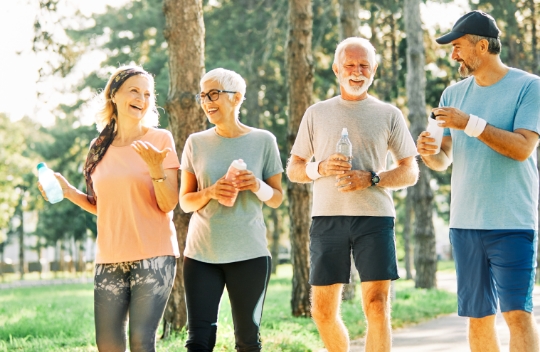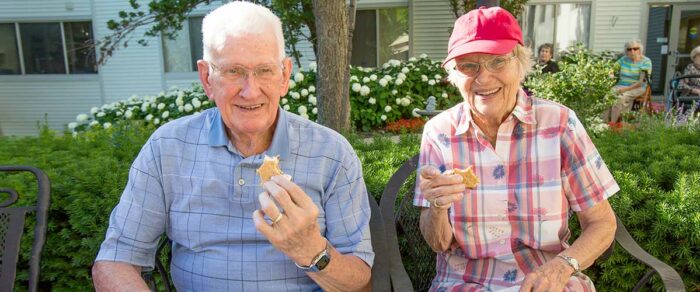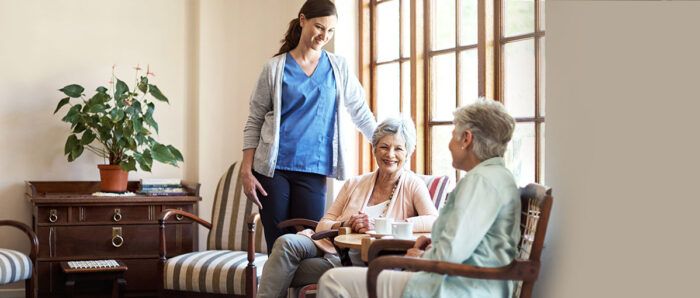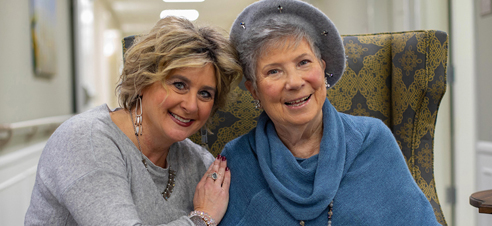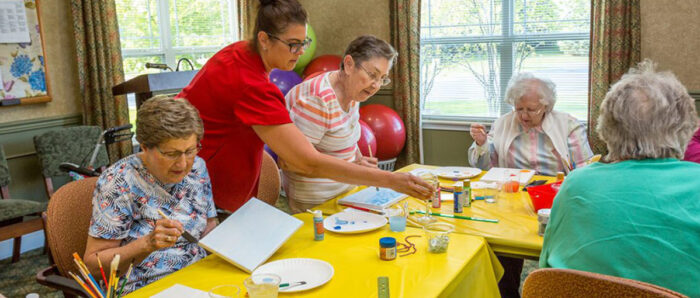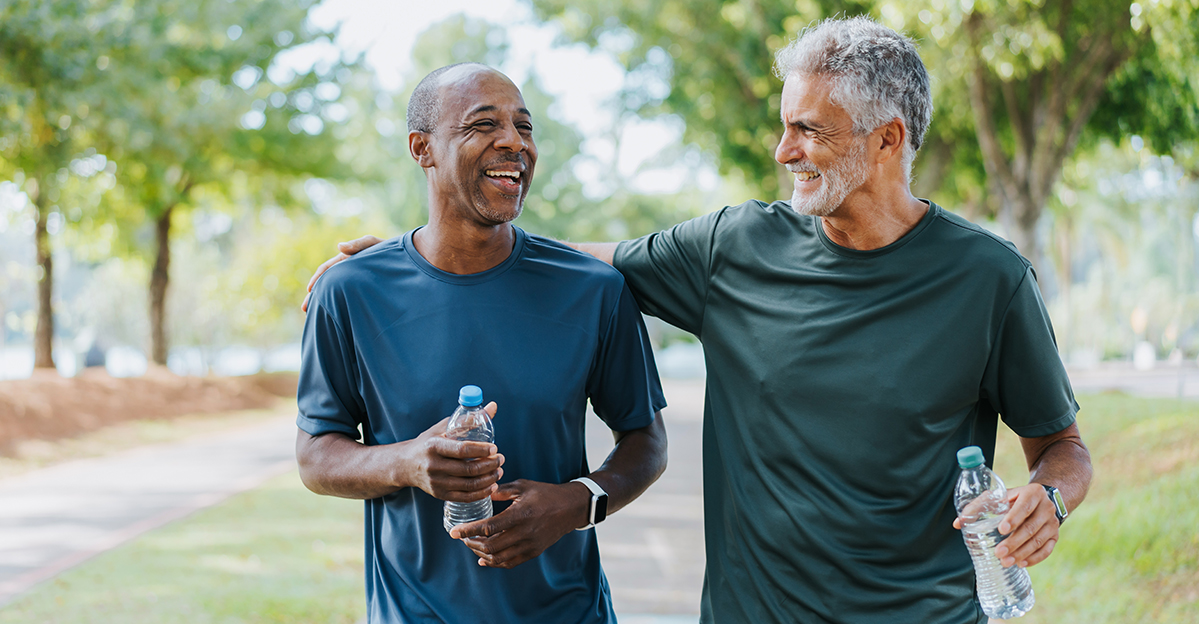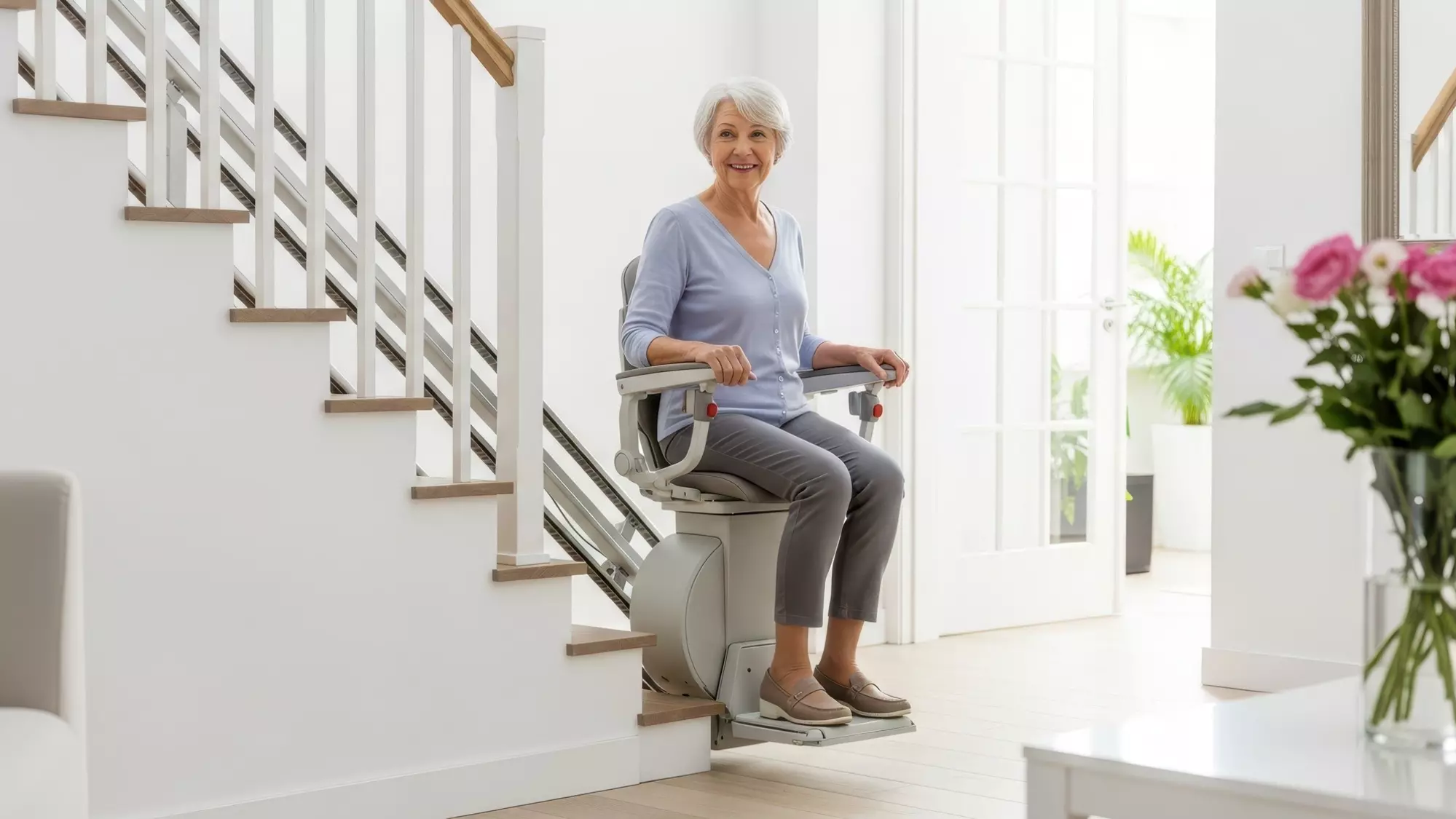Staying active is important for good health and overall well-being, especially as we get older. And, while you might be starting to feel some of the natural effects of aging, exercising doesn’t have to be strenuous. In fact, research suggests that seniors who take part in gentle activities, like light to moderate walks, may enjoy a wealth of physical and psychological benefits. In this blog, we’ll explore the benefits of walking for the elderly and how to make it a part of your daily life.
If you haven’t exercised in a while, it’s a good idea to talk to your doctor first. They can suggest exercises that are both enjoyable and suitable for you.
Benefits of Walking for the Elderly
You may be wondering, is walking a good exercise for seniors? Walking can provide the same health and wellness benefits as other forms of exercise, making it a fun, low-impact way to stay fit. Additionally, it’s easy on the joints, doesn’t require special equipment, and can be done almost anywhere. Here are some key benefits of walking for seniors:
- Better Heart Health: Regular walking is a gentle way to strengthen your heart, and studies show that even a short walk each day can help keep your cardiovascular system in good shape.
- Boosts Mood and Mental Health: Walking for the elderly can help combat feelings of loneliness and anxiety, which is a common concern for many seniors.
- Enhances Mobility and Balance: Walking regularly can help strengthen the muscles that support the body, which can significantly reduce the risk of falls.
- Social Interaction: Staying socially active is just as important as staying physically active, and walking offers a relaxing way to do both. You can walk with a friend, join a local walking group, or even just enjoy a chat with neighbors as you stroll through your neighborhood. These interactions can help make your walk more enjoyable.
- Better Sleep Quality: Walking for the elderly can help you enjoy better, more restful sleep, which is important for your overall health. Even a gentle walk during the day can naturally tire your body and help you fall asleep and stay asleep through the night.
- Promotes Independence: Walking helps strengthen muscles and joints, which can help seniors maintain mobility and independence for longer.
- Supports Digestive Health: Digestive issues, like constipation, can become more common as we age. Walking, especially after meals, can help food move through your digestive tract more efficiently, reducing the chances of constipation and promoting overall digestive health
- Boosts Immune Function: Regular walking can help strengthen the immune system and boost the body’s ability to fight off infections.
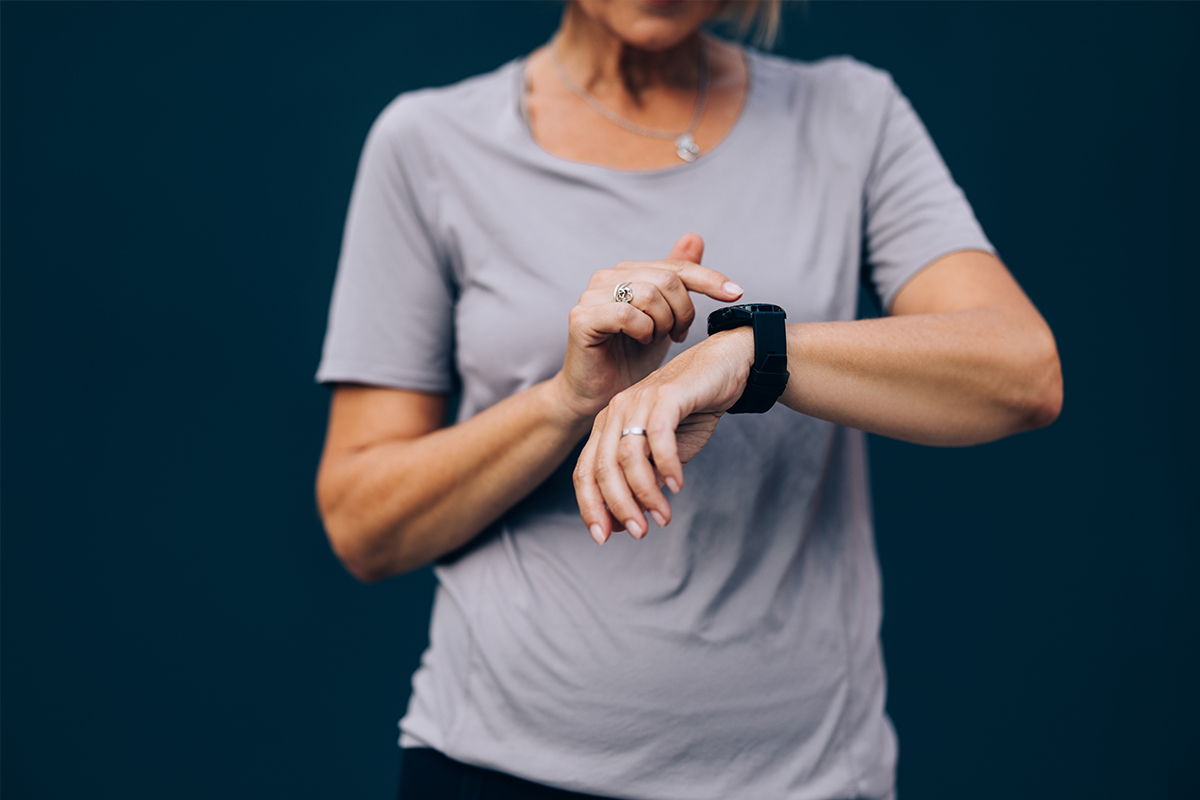
Incorporating Walking Into Your Daily Routine
Adding walking exercises for the elderly to your routine can be a wonderful way to stay active and improve your health. Here are some practical tips to help you make walking a regular part of your day:
- Consider using your daily errands as opportunities to walk. For instance, you can take a stroll around the house while waiting for the kettle to boil or walk around the block after a meal.
- Schedule short walks into your day. You might take a 10-minute walk in the morning, after lunch or before dinner. Setting a routine can help make walking a habit.
- Combine walking with other fun or social activities, like joining a walking group or taking a walk with a friend to catch up.
- You can consider setting reminders on your phone or use a smartwatch to track your steps. These tools can encourage you to walk a bit more each day.
How to Create a Walking Routine
Creating a walking routine can help you make walking a regular part of your daily life. If you haven’t exercised in a while, here are some practical tips to help you get started:
Start Small: Begin with short, manageable walks, like 10-15 minutes a day, and gradually increase the duration as you build stamina.
Set Realistic Goals: Start with achievable goals, like walking three times a week. As you become more comfortable, you can set longer-term goals.
Find Motivation: Consider setting rewards for reaching your goals, such as a delicious treat, or make your walks more enjoyable by inviting a friend along.
Track Your Progress: Monitoring your progress can help you stay motivated. You can use a fitness tracker to keep track of your activity and steps.
Adjust As Needed: Lastly, it’s important to listen to your body and make changes as needed. If you feel any discomfort while walking, it’s generally advisable to stop the exercise immediately and consult with your doctor.
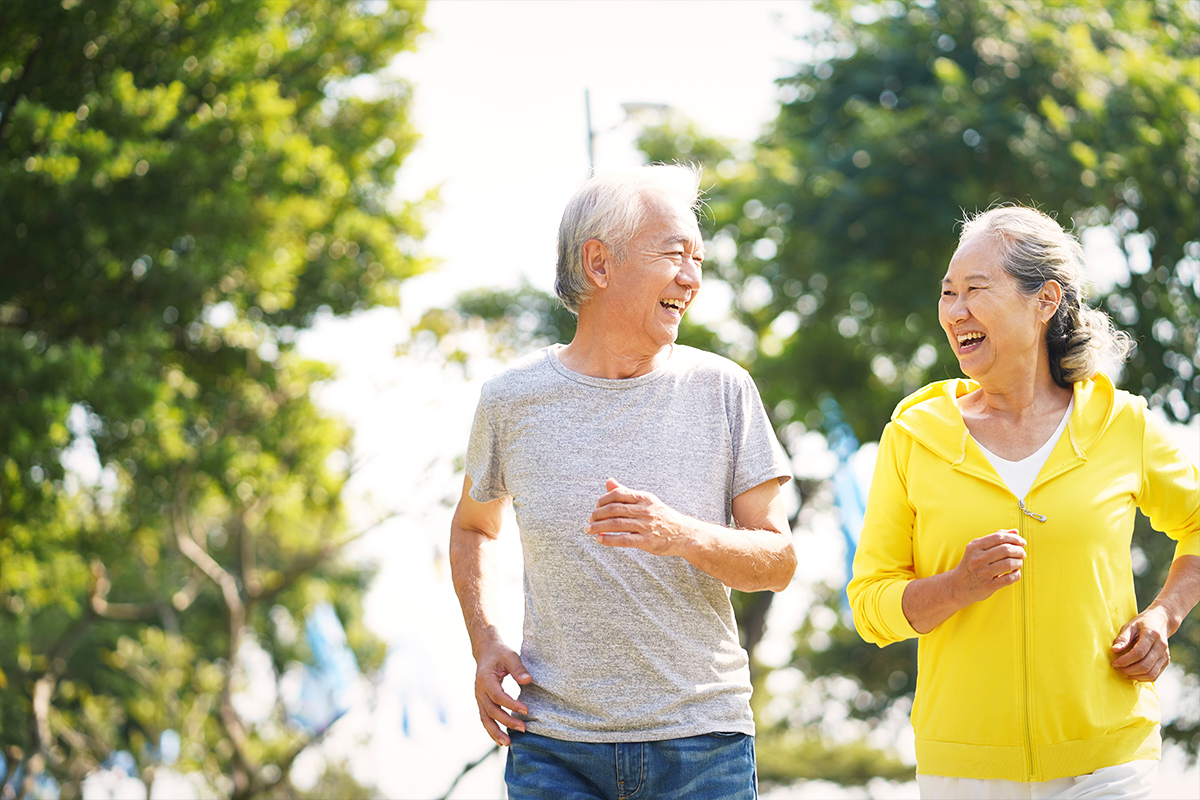
How Far Should Seniors Walk a Day?
You don’t need to walk for hours every day to enjoy the great benefits of walking. Even a five-minute walk can help you reach your daily step count. Like most exercises, how much walking you need can depend on several key factors, such as personal health, fitness levels, and medical recommendations.
While the CDC recommends around 10,000 steps each day, or roughly 5 miles, it’s important to adjust this to suit your personal needs and situation. Below is a general guide, based on age, to give you an idea of how far you might walk:
If it’s been a while since you’ve exercised, or if you have any health conditions, it’s a good idea to check in with your doctor first. They can recommend safe and enjoyable exercises that fit your unique needs.
Walking as an exercise for seniors is generally gentle on the body. Nonetheless, it’s important not to overdo it. Walking too much can lead to issues like joint pain, muscle soreness, and fatigue.

Safe Walking Tips for the Elderly
Walking for the elderly is a great way to stay active and healthy, but it’s important to prioritize safety to help minimize risk of injury. Here are some helpful tips to keep in mind as you walk:
- Choose Comfortable Footwear: When going for a walk, it’s important to wear shoes with cushioned soles and good arch support. They can help absorb shock and reduce strain on your feet and joints. Avoid walking in sandals or high heels, as they can increase your risk of slipping or tripping.
- Use a Walking Aid if Needed: If you have balance or stability concerns, consider using a walking aid, like a cane or walker, to help you maintain your balance while walking.
- Walk In Well-Lit and Familiar Areas: It’s generally safer to walk in well-lit, familiar routes. Avoid walking in areas with uneven surfaces or where visibility is poor.
- Stay Hydrated: Make sure to drink plenty of water before and after your walk, especially on warm days. Staying hydrated can help maintain your energy levels and prevent dehydration, which is important for overall health and well-being.
- Walk With a Friend: Having company can provide extra motivation, and you’ll have someone to assist you if needed. It’s also a great way to stay socially connected.
- Start Slow and Listen to Your Body: If you’re new to walking or returning after a break, it’s a good idea to walk at a pace that feels comfortable for you and gradually increase the duration and intensity if you need to.
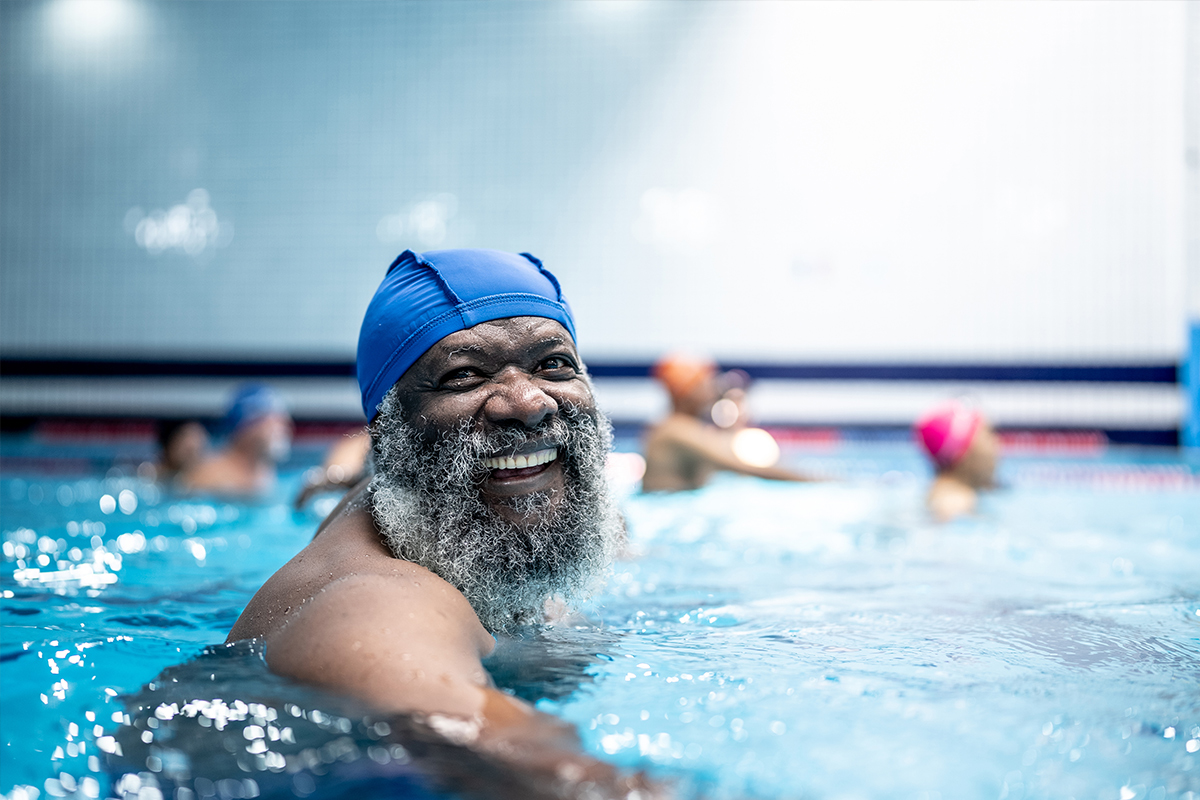
Alternatives to Walking
Walking is a great way to stay active, but it’s not the only option. There are several other low-impact exercises that are just as fun and effective for keeping fit. Here are some alternatives you can consider:
- Chair Exercises: Chair exercises can be done while seated, providing an accessible option for individuals with mobility challenges. Movements like seated leg lifts, arm stretches, and ankle rotations can help improve strength and flexibility without putting stress on the joints.
- Water Aerobics: Water aerobics can be an excellent exercise for seniors, especially during hot summer days. The buoyancy of the water supports the body, reducing the strain on joints while still providing a good workout.
- Dancing: Dancing is not only a fun pastime but also a great way to stay active. Whether you enjoy slow dancing or lively salsa, dancing can help improve coordination, balance, and flexibility. Additionally, it provides a great opportunity to connect with others, which can make exercising even more fun.
- Sit-to-Stand Exercises: This exercise involves sitting in a chair and then standing up. Adding sit-to-stand exercises to your workout routine can help strengthen the muscles needed for everyday activities, like getting up from a chair or bed.
- Strength Training: Strength training helps maintain muscle mass, which is essential for staying strong and independent. The good news is, strength training isn’t just for younger people. You can use light weights or resistance bands to perform fun, low-impact exercises, like bicep curls, leg lifts, and shoulder presses.
- Yoga: Yoga provides a gentle way to improve flexibility, balance, and strength. It also helps combat feelings of stress and anxiety, making it beneficial for both the body and mind.
- Pickleball: Pickleball is a low-impact sport that combines elements of tennis, badminton, and ping-pong. It’s easy to learn, enjoyable, and provides a fun social experience. Regularly playing pickleball can improve coordination, agility, balance, and cardiovascular health, making it an ideal exercise option for seniors.
Wellness at StoryPoint Group Communities
At StoryPoint Group communities, we consider it a privilege to serve our residents. Our communities offer a variety of fun and enriching physical activities — to help seniors live happier and healthier lives. To learn more about our award-winning services, call us today at 1-844-275-9990 or schedule a tour of a StoryPoint Group community near you. We can’t wait to get to know you!


